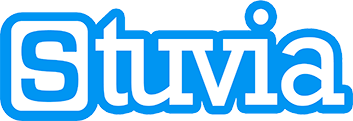Study guide
Parenteral Nutrition Notes
- Cours
- Établissement
- Book
Comprehensive notes for Clinical Nutrition 2 class. Topic: Parenteral nutrition. Based on class notes, teacher's slides and textbook readings. Content clearly summarized in bullet points but with enough details. Relevant charts and diagrams included. Ended up doing very well in the class.
[Montrer plus]





